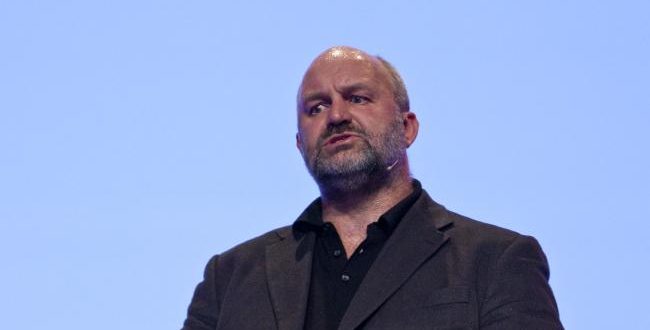Amazon’s cloud business, Amazon Web Services, may be a core foundation of how today’s businesses run but the outfit is also ramping up its efforts on delivering a level of precognition that the company’s CTO Werner Vogels says will usher in a new wave of intelligence.
It’s also what lets AWS, the pace setter when it comes to the public cloud, fortify itself against the competition. Machine learning and artificial intelligence are shaping up as the next battleground in the public cloud wars and the trend is good news for Google, which has until now been a distant third in the race.
Google does have vast machine learning and AI capabilities but turning them into real value for customers isn’t just about ability.
The clincher, according to Dr Vogels, is simplicity. It’s about making the technology implicitly accessible to businesses and gives them the space to become smarter.
“This is the next wave of becoming smarter taking the things we always knew but were not able to exploit before, whether as an individual or as a company,” he told The Australian on the sidelines of the AWS Summit in Sydney.
Whether its Netflix or Expedia, Mr Vogels said that the influx of recommendation engines to help customers make a better decision showcases how the technology addresses the “tyranny of choice.”
“When there’s so much choice out there it gets so much harder to choose.”
It’s a valuable lesson that’s Dr Vogels said is applied every day at Amazon.com.
“At Amazon internally if there’s a new product we need to understand how much inventory do we need? Do we just guess or is there data from the past that we can use to make a more educated guess?”
While Machine Learning mines past and present experience, the advances in Deep Learning capabilities allows richer data sets — like images, voice, text to speech — to be processed.
For Amazon the richer data play is anchored by the Amazon Echo speaker and the AI-powered personal assistant Alexa which is driving the push to make voice the next interface.
“I think in some cases voice will overtake phones, voice is the natural way to interact,” Dr Vogels said.
Last December, Amazon started offering artificial intelligence based services — Lex, Polly and Rekognition — on AWS platform. Each is designed to help the development of systems driven by voice and rich in experience.
Lex, which powers Alexa, allows developers to create rich conversational experiences. Polly is a text to speech service that has forty seven life like voices in twenty language, while Rekognition is an image processing service, that can identify content in images.
In March, AWS launched a program to allow developers to integrate its Alexa AI technology into applications without worrying about costs. Overnight it introduced a new API that lets developers incorporate location data into their Alexa voice apps. For the moment bringing developers on-board is a big priority for AWS, as is giving them the tools to make the voice apps more useful. In the long run it may all up to more revenue for Amazon.com but as Dr Vogels points out it could also be building blocks of new computer systems.
“Until now most of our voice systems have been this annoying hands-free stuff but it’s becoming more obvious that we will be building our next generation computer systems for the environment, where anything that occurs around us activates the system,” he said.
“Lex and Polly will be the interface layers and then we will work with our customers to think about how to build the digital systems in the back end.”
As the public cloud trajectory continues to trend upwards, the relationship between businesses and AWS and it peers becomes more entrenched every day.
So what happens when AWS is knocked out of action? In March a brief outage in one region of AWS’s S3 web services knocked a number of services, including Alexa, out temporarily.
According to AWS, human error was responsible for more servers going offline than intended, with a resultant domino effect impacting capacity. The company is taking measures the contain how much damage a human error can have in the future and DR Vogels said that there were some broader lessons as well.
“One of the things we saw was that many of our customers who want to be always on are making use of multiple regions,” he said.
“For example Netflix was not affected by the outage because they were able to shift traffic into other regions, now that’s not an investment every company is going to make.”
“We are already giving customers the tools to spread themselves over multiple region, but often on their end it can be an additional intellectual challenge,” he added.
AWS ANZ lead Paul Migliorini said an outage event in Australia in June last year also highlighted how the platform is increasingly built with resiliency in mind.
“Most of the organisations that were architecture for high availability stayed up but there were a number that didn’t but many of these gave us feedback that they saw this as a healthy thing because it gave them an opportunity to reassess their architecture.”
“Locally we have a large team of solutions architects that can work with our customers to think about their architecture and we have a professional services team that can work with them do more expansive piece of work,” he said.
The author travelled to AWS Summit as a guest of AWS.
Reader comments on this site are moderated before publication to promote lively and civil debate. We encourage your comments but submitting one does not guarantee publication. We publish hundreds of comments daily, and if a comment is rejected it is likely because it does not meet with our comment guidelines, which you can read here. No correspondence will be entered into if a comment is declined.





